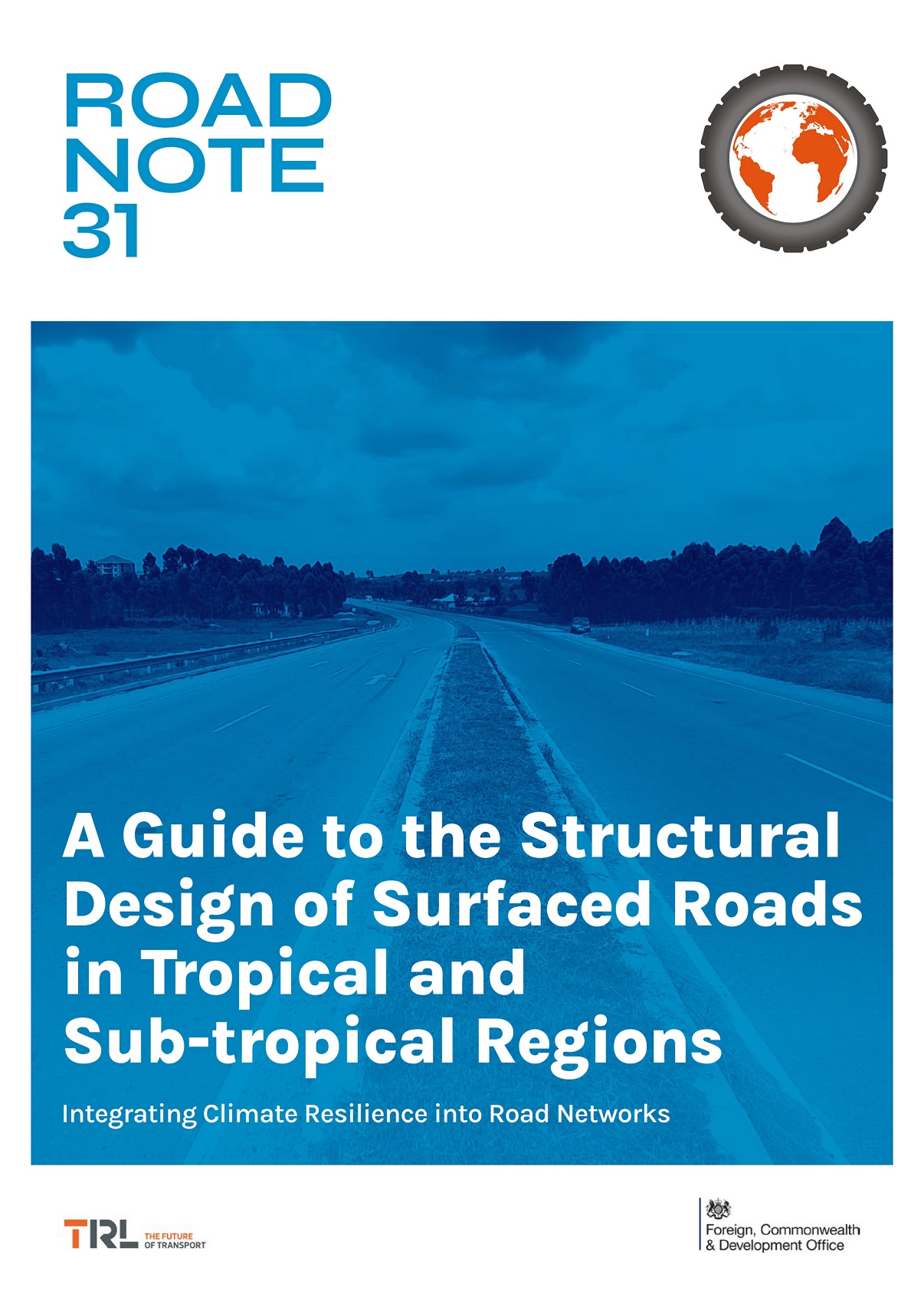The climatic conditions in tropical and sub-tropical areas present particular challenges for pavement design purposes. Road Note 31 was first published in 1962 and revised in 1966, 1977 and 1993 to take account of advances in our understanding of the behaviour of road-building materials and their interactions in pavements.
This 5th revision of the Road Note set out to take advantage of new technologies, methods and materials available to make roads in LICs/LMICs more affordable, more efficient, and more resilient to climate change. The team also wished to automate certain pavement design processes. and extend the design traffic range in ORN 31 to beyond 30 million equivalent standard axles (MESA).
The technical review process was conducted with extensive stakeholder engagement.
The updated RN 31 – the 5th Edition - is now fit for purpose for practitioners in LICs and MICs and can be downloaded from the HVT website here.
Dr. Nazmus Sakib, Assistant Professor at Islamic University of Technology, Dhaka, Bangladesh praised the new RN 31.
"The previous edition design catalogues had stopped at 30 MESA; for the 5th Edition this is now extended to 80 MESA. This is a welcome step since many roads are now designed to carry heavier traffic. The pavement design catalogues now also include options to make the pavement more climate resilient".
This 4 page guide provides a quick overview of what is new and different in the 5th Edition. The highlights are:- New interactive tools to take into account the effect of different axle configurations and tyre types (e.g. super-singles/wide-base) in the computation of design equivalent standard axles.
- Accurate determination of subgrade strength
- The use of recycled materials in pavement layers
- Minimising road closures with the use of Ground Granulated Blast Furnace Slag (GGBFS), and Hydraulic Road Binders.
- Options for climate resilient asphalt surfacings
- Detailed advice on surface and sub-surface drainage of pavements
- Two new flexible pavement designs
- Details of the Australian method of rigid pavement design
- New surface rehabilitation options
- Use of tools to calculate and select an economically justifiable design option
A set of 8 training workshops to explore the new and updated content of RN 31 is available on a YouTube playlist.
The research project to update RN 31, led by TRL, was funded by UKAID through the UK Foreign, Commonwealth & Development Office under the High Volume Transport Applied Research Programme. The HVT programme is managed by DT Global.
RN 31 comes with its own flexible pavement design catalogue but is designed to be used in conjunction with country-specific design manuals.
"I am confident that the new edition will prove to be as popular with practitioners as its predecessors".
Professor Charlotte Watts, PhD CMG FMedSci, Chief Scientific Advisor & Director of Research and Evidence Directorate, Foreign, Commonwealth & Development Office.
If you have trouble finding or using the spreadsheets used within RN31 please contact TRL.


